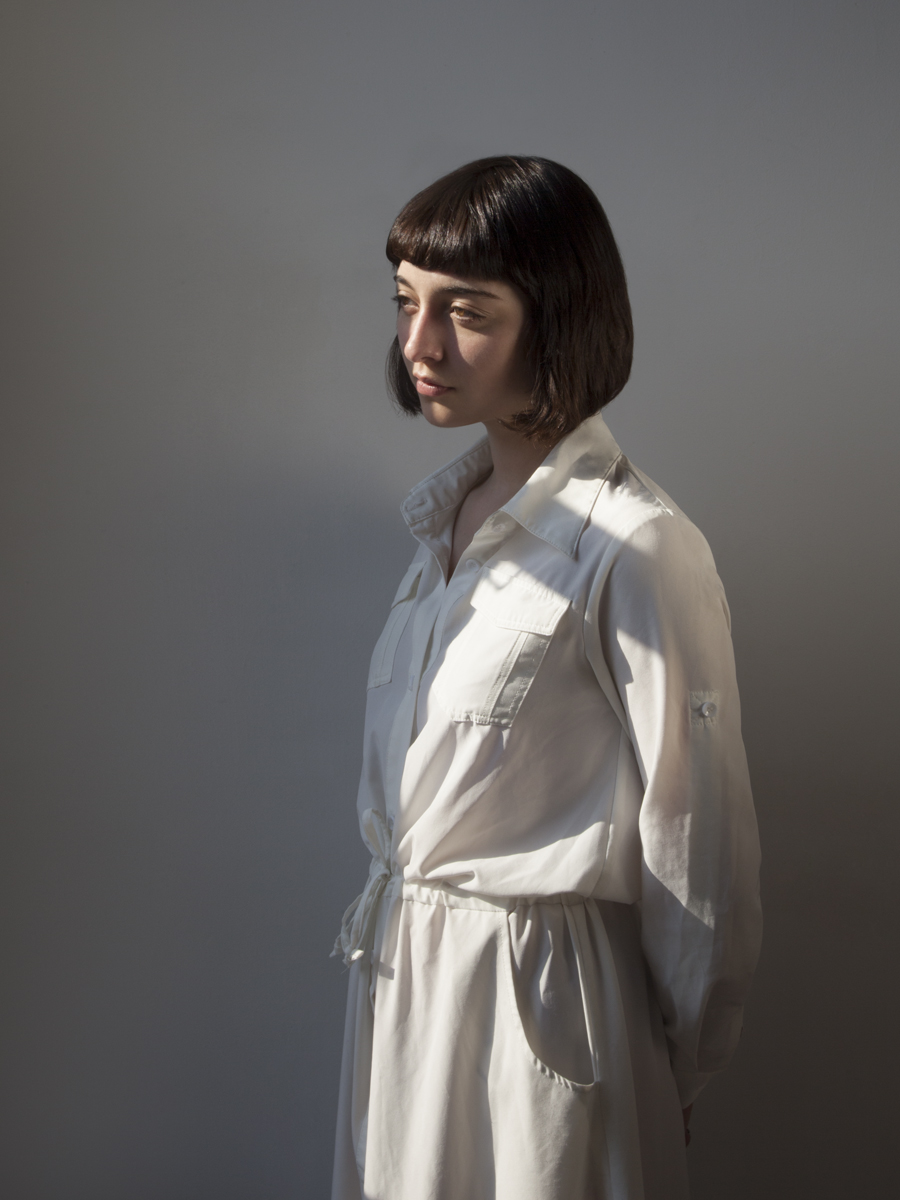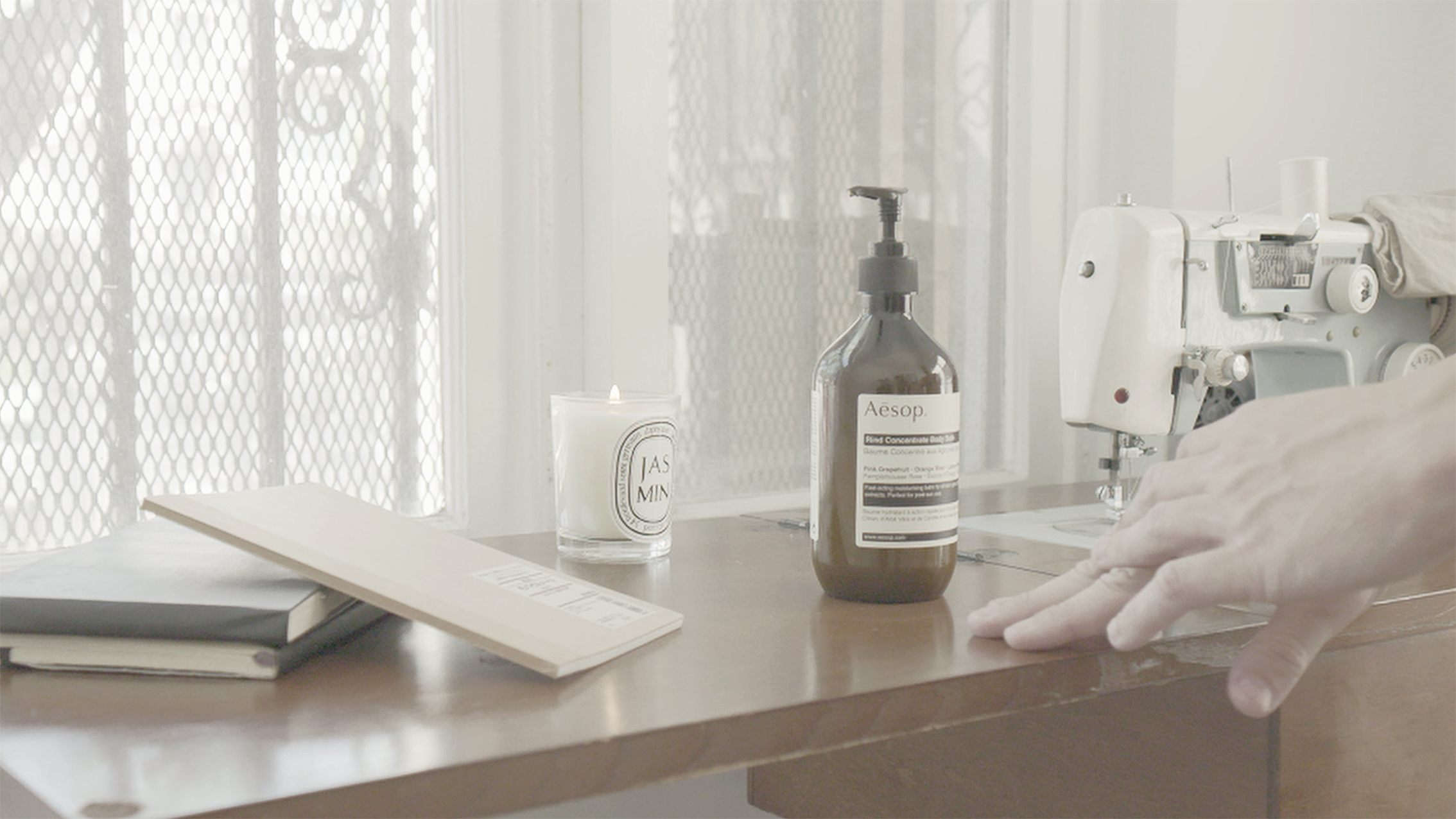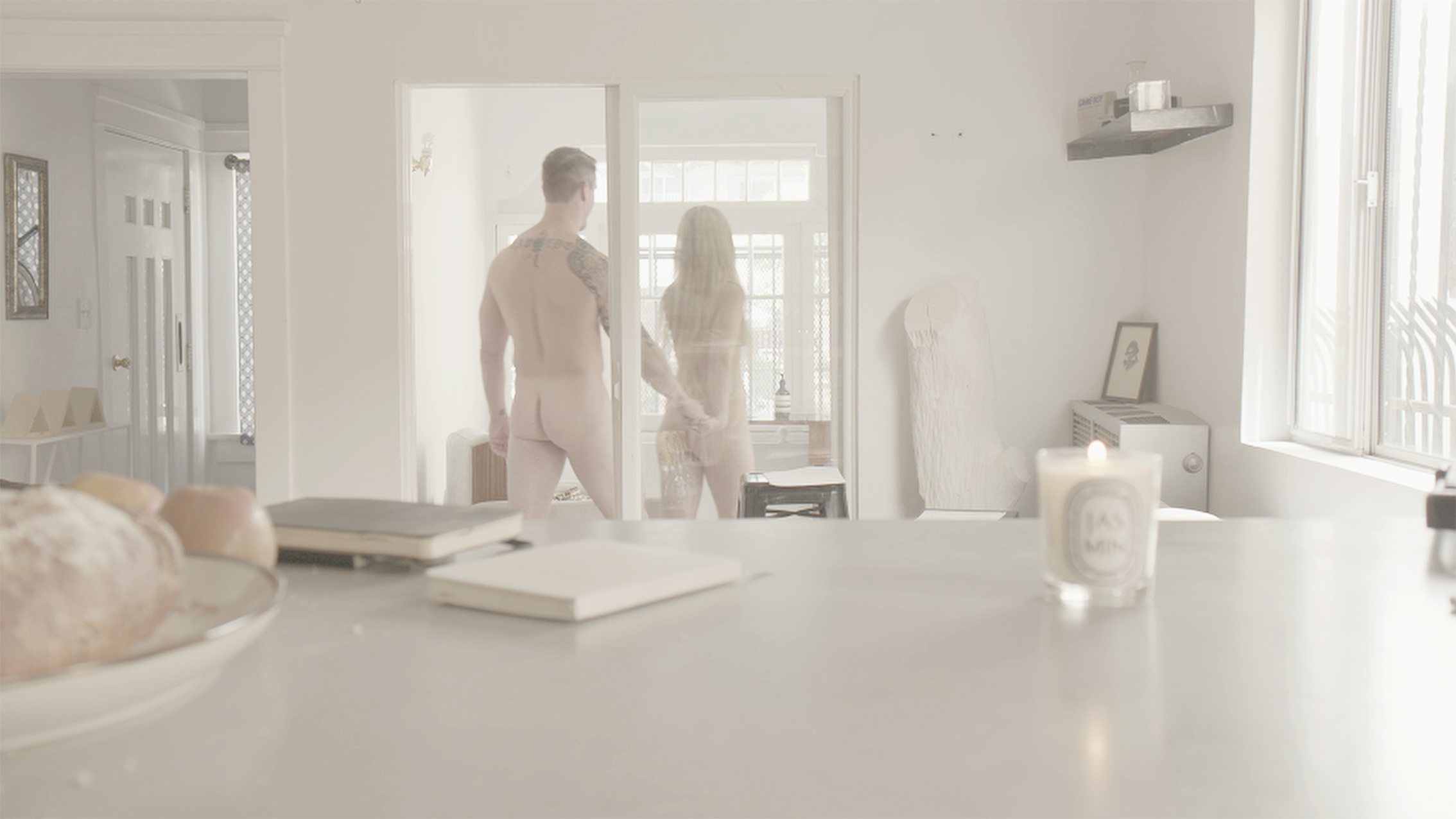Amalia Ulman: Gentle Deception
Amalia Ulman operates almost like a kid sneaking out of her parents’ house at midnight, leaving a bundle of pillows under her comforter. There is almost always a bait and switch and things are rarely as they seem. This gentle deception was at the center of her much-talked-about Instagram-based performance project, Excellences & Perfections (2014), and continues in her new short film, International House of Cozy (2015). I sat down with Ulman during her visit to Storage Gallery (Oberlin, Ohio), where she spoke about both projects and previewed the first cut of the video before it officially premiered May 15th at Showroom MAMA (Rotterdam).

International House of Cozy, as Ulman calls it, is a pornographic simulacrum of a hipster ad. Ulman recreates the aesthetic and narrative style popularized by such commercial platforms as The Selby, Freunde von Freunden, and Pinterest, featuring the well-curated homes of trendy creative professionals—their French presses, Muji notebooks, and artisanal jams. The porn begins like any long-form hip infomercial, replacing the painfully cheesy verbal foreplay of most pornography with the only slightly exaggerated banter of the young-ish, moneyed and hip:
“You’re not gonna believe what happened to me last night. I was at Soho House, ordering shots for everybody and my card got declined.”
“Speaking of Soho House, I had a meeting downtown the other day…there’s an Aesop store right next to the Ace Hotel!”
Eventually the “graphic designer” and “freelance curator” couple retreat to an airy bedroom to bone on top of their seersucker bedsheets.

Throughout the film, the dialogue and imagery are eerily familiar. It is unclear whether we know this series of exchanges from a Dove ad or from last week at a friend’s house. Ulman herself admits to having embarrassingly similar conversations during the video’s production. The script, she says, “Is not really adding much to what is already there … It’s just a slight exaggeration, but mostly just a recollection of things I’ve heard before.”
The signifiers scattered throughout the video—fixie bikes, striped tees, copies of Artforum spilling out of a tote bag amidst soft light and a ukelele soundtrac—that might have marked a subculture five years ago now flood commercial media. As Ulman posits, “hipster is the new corporate.” Other young artists have made similar claims about the entrance of “hipster” into the mainstream (See, most notably, K-Hole’s widely resonant “normcore” and “mass indie”). However, Ulman’s proclamation takes the gesture one step further; anything can and everything will be at some point subsumed by the mainstream, leading one to ask: what even is the mainstream? Can the category be upheld if it’s swallowed everything up already? International House of Cozy illuminates just how easily constructed and recognizable the “hipster” aesthetic is. It ultimately exists as a series of fetishized objects and images that we somehow imagine to represent a lifestyle, one that she deems “the new normal.”

Ulman’s new video work visibly departs from the subject matter of much of her earlier work, most prominently Excellences & Perfections. Both of these long-term projects exist within a specific part her of her practice that one might call “proof of concept” for her objects and essays, but appear very differently therein. Where International House of Cozy explores the fabricated image of a lifestyle through exaggerating “the new normal,” Excellences & Perfections explored the fabrication of a particular self through pure image. Beginning in April 2014, Ulman repurposed her own Instagram account, embodying a series of fictional characters in her online presence over the course of four months. When asked about her inspiration, Ulman says that a great deal of her desire to pursue the project came from the realization that she was already inhabiting a constructed persona of “the female artist” online. In her eyes, her social media presence was already inherently fictitious—so why not play with it a little?
Every day, in every gesture, people consciously or subconsciously construct an online identity whose authenticity goes mostly uninterrogated until it is visibly disrupted. Since the internet began permeating everyday life, popular opinion has moved away from theorizing it as a neutral space where anyone can be anyone. Instead, we now tend to view it as a basic extension of our offline social world. In Excellences & Perfections, Ulman revives some of the internet idealism that got lost somewhere between the start of the new millenium and now. She proves that there is certainly room for fiction online. But furthermore, she complicates our understanding of what fiction actually is. Or as she writes, shows that maybe we can “abandon our lives and let go in the immersive fictional constructions of our timelines” after all.
After four months of extensive research and bulk photography sessions, Ulman concluded the project, returning her profiles to her pre-Excellences self and disrupting what many had taken to be an authentic narrative. Her online audience was overwhelmingly confused and upset by the discontinuity. Some followers begged her to return to the hot blond persona of Episode 2, leaving comments like “i miss you” on her posts, while others lambasted her for her trickery (a response that is hard to separate from a gendered expectation of female transparency, see: “lady in the streets but a freak in the bed”). This public upset revealed a strangely conservative attitude within and outside of the art world. There is a curious disconnect between the response to Ulman’s fabricated online persona and responses to male artists like Parker Ito or Brad Troemel, whose work is also partially embodied in performative online presences. With Ulman, people did not take kindly to a reminder that things are not always as they seem—or that girls can troll, too.
This being said, Ulman stresses that her work, while interested in considering the impacts of gender and class, is not a reactive critique; she rarely aims to condemn a given construction’s content, but rather aims to illuminate and critique its sheer existence. It is easy to read these projects, as well as her physical art objects, as satirical and mocking of their subject matter. But Ulman is adamant that they are anything but, contextualizing her practice in relation to the techniques of drag queens and kings where one emulates genders to draw attention to just how constructed their presentations are. “You wouldn’t say that that is a critique. It’s not a critique on womanhood … or maleness … but a critique on taking those things as a given,” she says.

Both Excellences & Perfections and International House of Cozy attempt to present their subject matter through a different set of eyes in order to reveal the internal gaps and the inherent fictions present in the way that we’ve fashioned the world around us. Amalia Ulman is less interested in convincing us that anything is more real than anything else, and more interested in exploring the blurred lines between reality and fiction, authenticity and fabrication. The idyllic hipster lifestyle is no more or less constructed than the hot-girl Instagram account.
She says: “I think for me art is something more than basic [irony and] critique. As an artist, you feel. Like when you write a poem, I don’t know, it’s about really feeling something.”
Her performance and theoretical work are about proving something that can then be turned into “art.” The embedded ironic critique is not the goal as it might be in the work of some of her young counterparts, but rather an incidental which comes about due to the internally contradictory nature of the subject. The goal in art-making for Ulman is not to unveil what is or isn’t. It seems that she would say the same about life on and offline, or—in the case of International House of Cozy—lived experience vs. media imagery—reality and fiction are useless concepts.
In some sense we are each the parent who walks into the room and, looking at her child in bed, thinks to herself, “she’s sleeping so peacefully” even though the window is wide open and the lights are on.
Aria Dean is an artist, writer, and curator from Los Angeles, CA. She graduated from Oberlin College in 2015, where she co-founded and directed the gallery and performance space Storage. She now lives and works in LA, sometimes on her own and sometimes under a collaborative alias. Follow her on Twitter & Instagram: @lol_prosciutto.